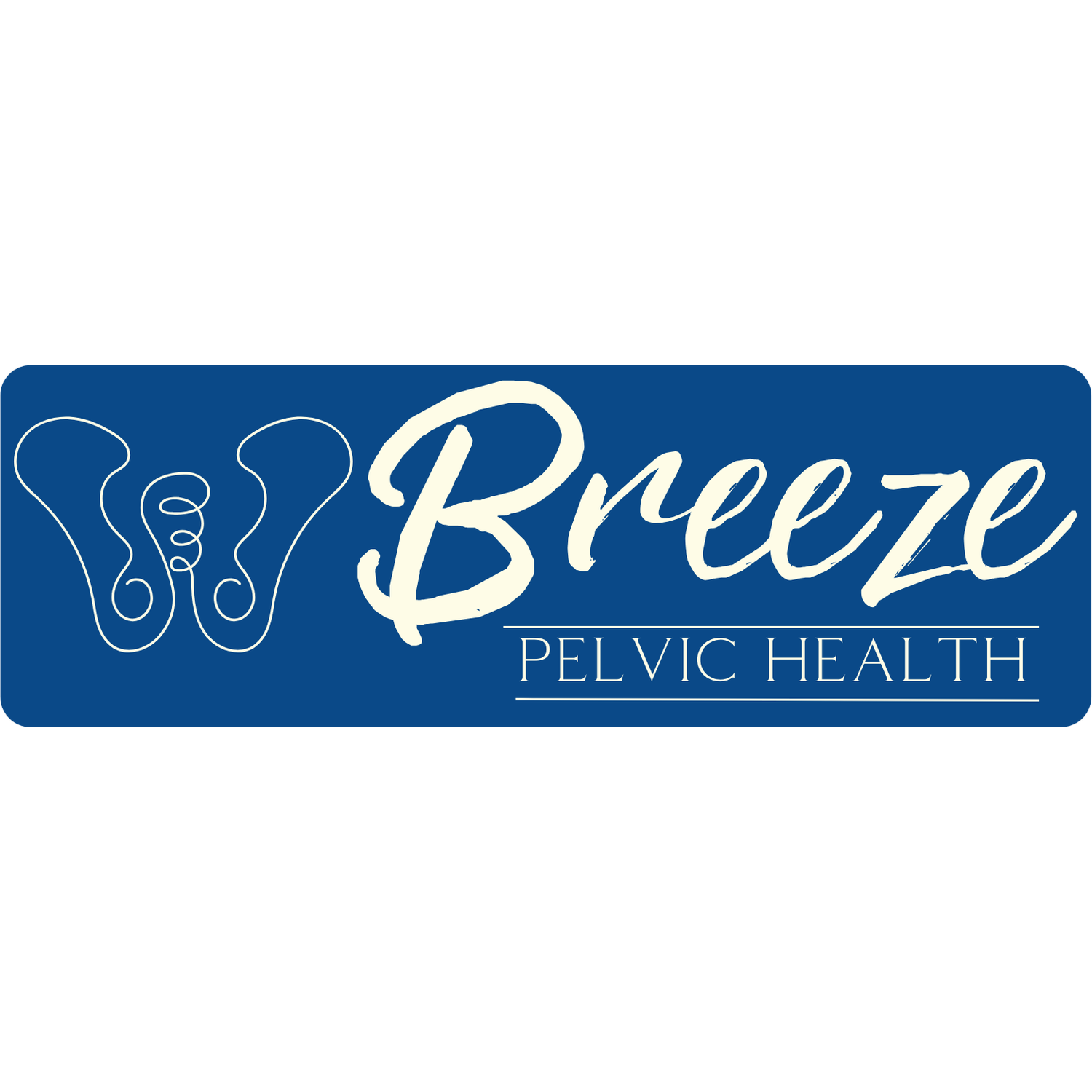What is Dry Needling?
Physical therapists use many tools to help you with pain and function. One of my favorite tools to help people is dry needling!
What is it and why is it so cool?
Dry needling involves using a thin monofilament needle, similar to the type of needles acupuncturists use. The needles go into the skin and into a specific muscle or tissue. I will usually do about 4-6 needles into specific areas of the body (targeting a nerve path, an area of stubborn scar tissue, or a specific muscle group), and then clip the electrical stimulation onto the needle.
Let’s break this down.
The needles are quite small- smaller than a pin you would use to fix a hole in a shirt. When they are inserted, the depth depends on what the target is. If the muscle is the target it might be slightly deeper than if the target is scar tissue. But don’t worry- the needles come in different lengths, so I’ll pick the right length for our goal!
Then we add the electrical stimulation- which is amazing for connecting to the nerve. The nerves communicate in the language of electricity and when you have the wire clipped onto the needle, the muscles will have a little rhythmic contraction (because we are talking to the nerve). None of this should be painful, but you might feel a little poke on the skin when the needle goes in; and the electrical stimulation should just feel like the muscle is twitching lightly.
Now that we know what’s physically happening, let’s talk about why it’s helpful!
Dry needling effects the tissue by causing a biomechanical and biochemical response, local blood flow, and interacting with the local and central nervous system.
Biomechanically, there are changes in the muscle tone- we will see a reduction in the tightness of the muscles. We might also see improved muscle performance, meaning it will contract when it needs to. Biochemically, we see less inflammatory and pain markers in the local tissue environment. We see improved blood flow to the local and surrounding tissues. In the nervous system we see improved nerve conduction speed, improved nerve growth, and more regular electrical activity. Finally, we even see positive changes in the brain centers that relate to pain!
That was a dense paragraph! But so cool, right?!
I know what you are thinking… “you can dry needle my pelvic floor?”
YES!
“Does the needle go… in there..??”
Not into the vaginal or the rectum, I can promise you that. But we do needle the pelvic floor muscles very close to these structures. I can also needle the abdomen, lower back, and hips. And I have seen amazing results with pelvic pain, urinary incontinence, urinary frequency and urgency, and prolapse symptoms.
If this is something you are interested in learning more about, or want to experience, let me know! I love to see the results and would love to help you with your pelvic floor!
Reach out through the contact page on the website, call me at 772- 200-3239, or email me at ashley@breezepelvichealth.com.
I can’t wait to hear from you!
